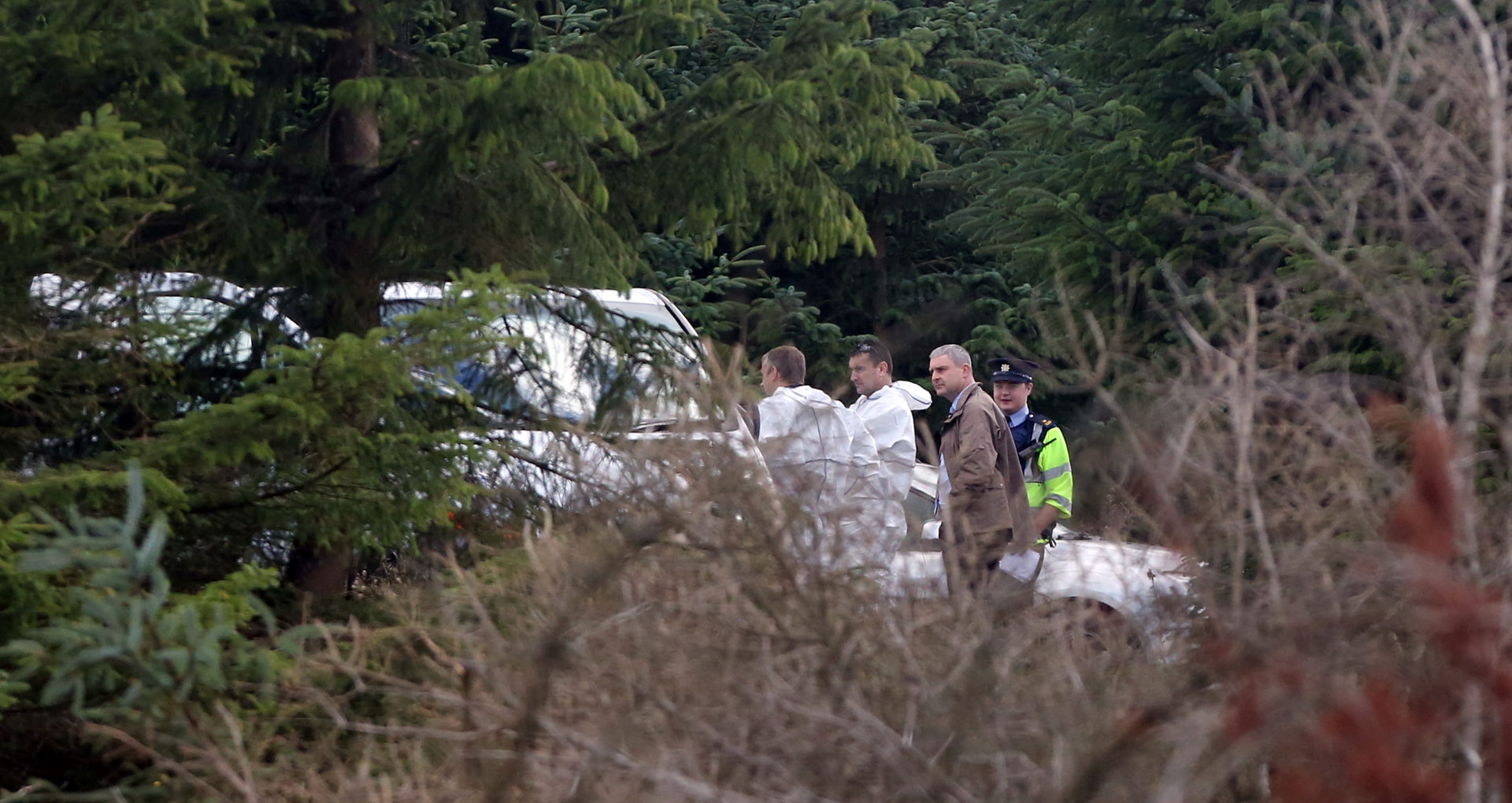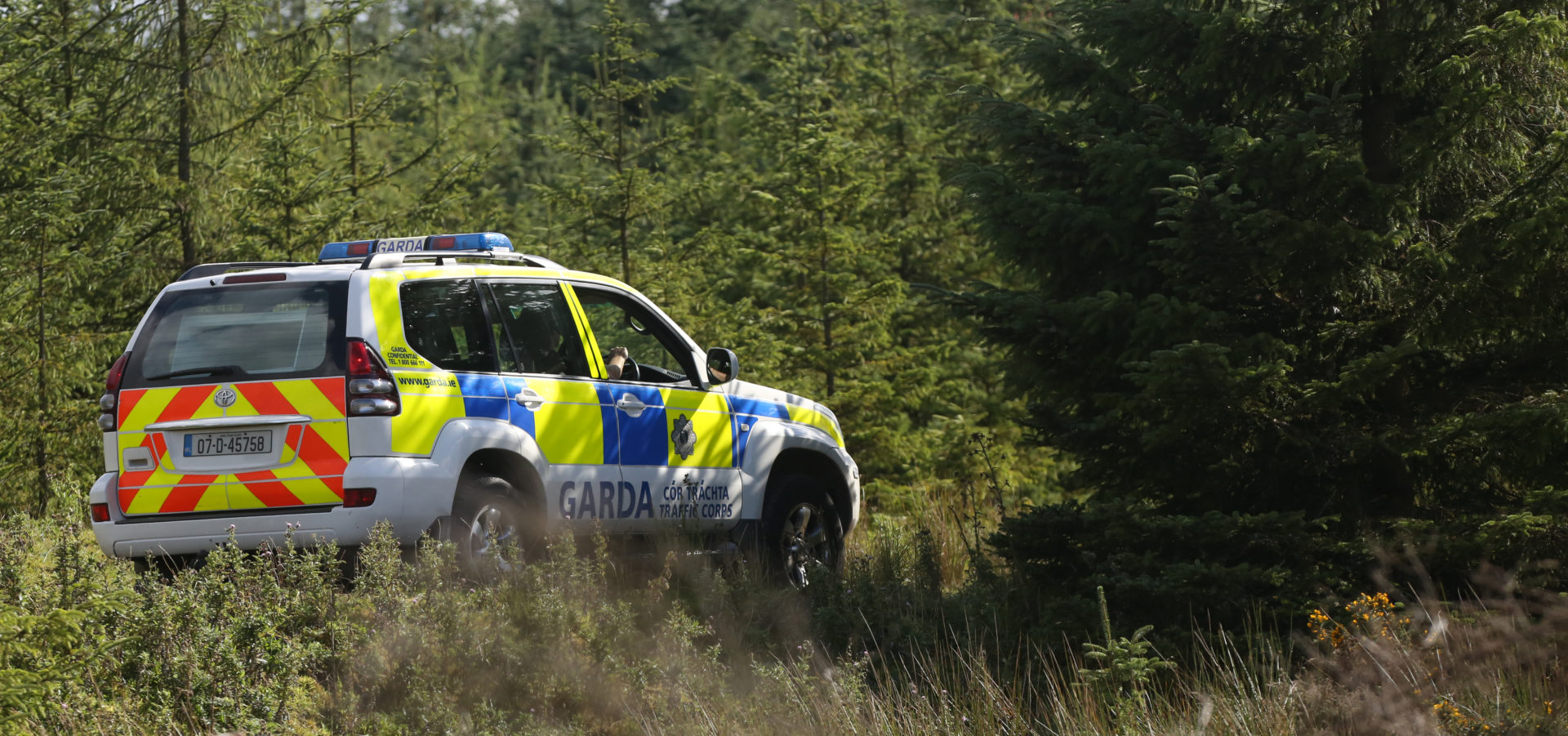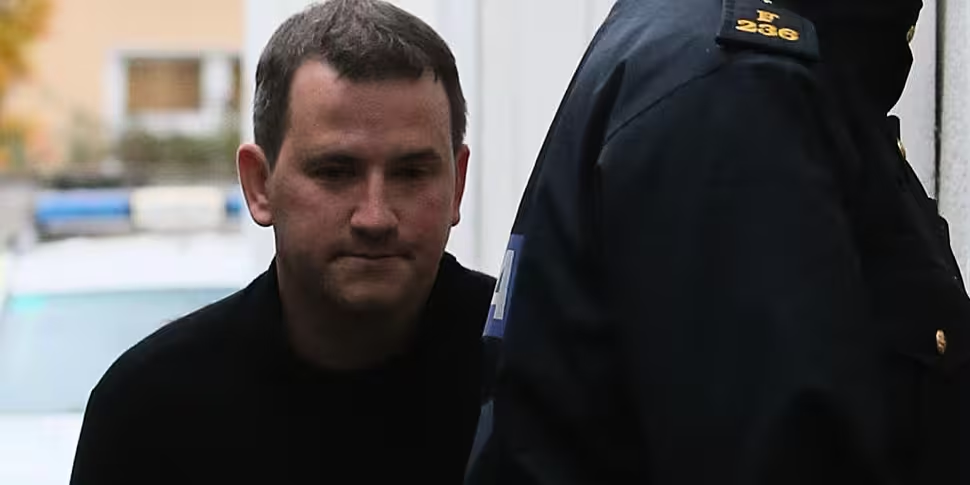Gardaí investigating the death of Elaine O’Hara quickly learned that suspect Graham Dwyer had a “complete lack of empathy” and “high traits in narcissistic personality disorder”, a member of the investigation team has revealed.
The 36-year-old childcare worker was last seen in August 2012 and her body was found in the Dublin Mountains a year later.
In 2015, a murder trial concluded that Dwyer had stabbed Ms O’Hara to death and he was sentenced to life in prison.
Graham Dwyer
On Newstalk Daily, former Garda forensic psychologist Geraldine Noone spoke about how she and her colleagues set out trying to find out exactly who Dwyer was.
“It’s about seeing the patterns of behaviour that are there that may give us clues into his type and ultimately then his interactions and his behaviours and how he will engage with the investigation team,” she explained.
“So, there were a good few clues and signals there that we were probably dealing with somebody who had high traits in narcissistic personality disorder or even antisocial personality disorder.”
 Gardai at the scene where the remains of Elaine O'Hara from Killiney were discovered on Kilakee Mountain. Picture by: Laura Hutton/RollingNews.
Gardai at the scene where the remains of Elaine O'Hara from Killiney were discovered on Kilakee Mountain. Picture by: Laura Hutton/RollingNews.Ms Noone continued that in his interactions with Gardaí, Dwyer was “quite boastful” and keen to ‘talk himself up’, bragging about his hobbies and lifestyle.
Despite this, it was soon clear that they were dealing with a very dark character.
“There was his ability to manipulate and his very controlling behaviour of Elaine,” she said.
“There was a complete lack of empathy and his disregard, his lack of self-awareness in terms of how his pressure and his behaviour was impacting on Elaine.
“But also on the impact of other people on his life; his complete lack of any ability to take responsibility for anything that did happen to him.
“Things that might have gone wrong in work, things that might have gone wrong in terms of financial problems.
“All of those traits actually played out in the interview room.
“He was constantly seeking to blame other people for the position he found himself - the press, the media, the Gardaí, the interviewers themselves."
 Gardaí at the scene where the remains of Elaine O'Hara from Killiney were discovered. Picture by: Laura Hutton/RollingNews.
Gardaí at the scene where the remains of Elaine O'Hara from Killiney were discovered. Picture by: Laura Hutton/RollingNews.As the investigation continued, the evidence against Dwyer began to mount and it was soon clear to Gardaí that they had found Ms O’Hara’s killer.
During Dwyer’s trial, CCTV footage was key to proving that he knew Ms O’Hara.
“He looked at the camera, tried to direct his face away from it,” Ms Noone said.
“But no real attempt to disguise him; he could have disguised himself a lot better, he could have found another way of avoiding cameras - but he didn’t.
“That would tend to go towards the compulsive behaviour, the sense of grandiosity, his own belief in his ability to get away with these crimes.
“So, we always believed or had the instinct that he would deny and that if he absolutely had to accept some contact with Elaine, then it would always be that it would be a legitimate consensual relationship - but never led to murder.”
Dwyer has always maintained his innocence and following his conviction launched a number of legal challenges against his conviction.
In July 2024, the Supreme Court unanimously ruled against his most recent appeal, declaring there was “overwhelming and unanswerable” evidence of his guilt.
Main image: Graham Dwyer. Picture by: PA Archive/PA Images.









